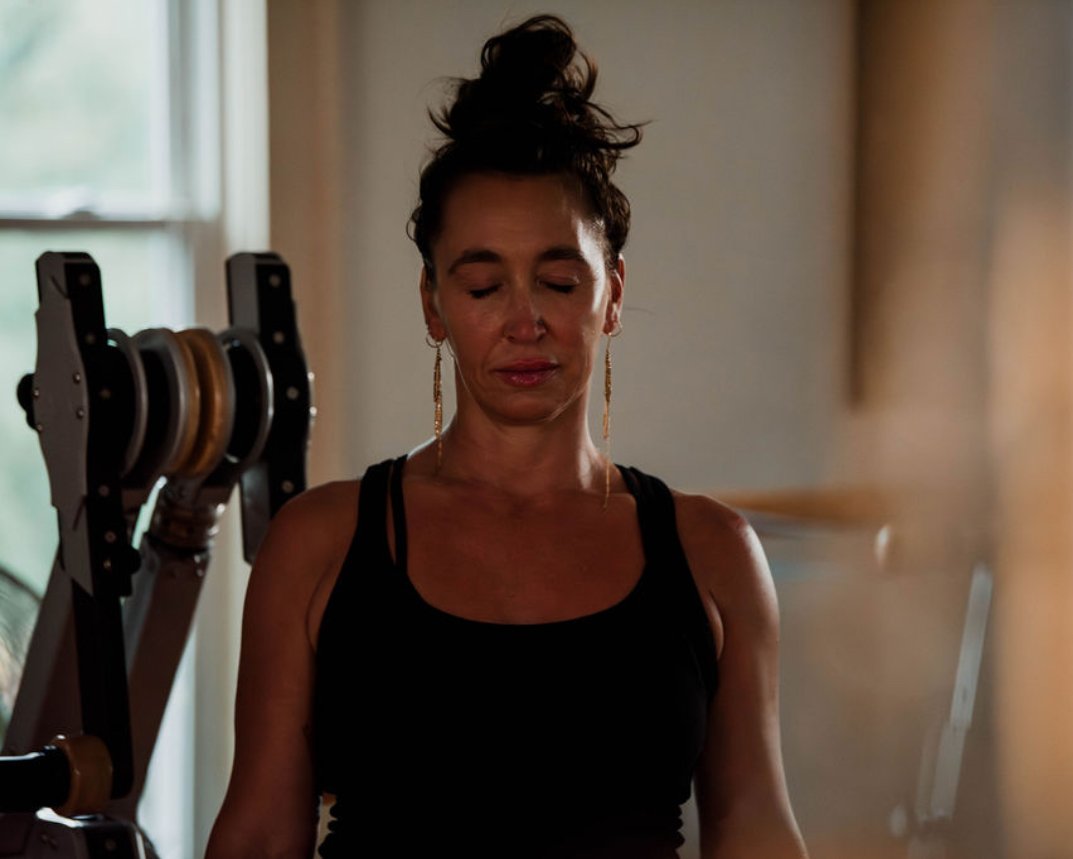THAI YOGA BODYWORK
WHAT IS TRADITIONAL THAI YOGA BODYWORK?
Traditional Thai Yoga Bodywork (also known as Nuad Boran, Thai Yoga, Thai Massage, and Thai Yoga Massage) is a gentle form of assisted yoga that uses passive stretching through a series of postures and applied gentle acupressure along the body’s main energy and meridians lines. It is a deep, full-body treatment that begins at the feet and ends at the head. The goal of a Thai massage is to open up the flow of energy throughout your body.
This ancient Ayurvedic healing system combines broad and targeted acupressure, stimulation and manipulation of the energy lines called Sen, and assisted yoga postures.
Traditional Thai Yoga Bodywork stands in sharp contrast to Western massage therapies. Traditional Thai massage rarely uses oils or lotions, and the recipient remains clothed during a treatment. There is constant body contact between the practitioner and client, but rather than rubbing on muscles, the body is gently compressed, pulled, stretched and rocked in order to clear energy blockages and relieve tension. The practitioner uses their thumbs, palms, forearms, elbows, knees and feet to create a dance of movement on the body of the recipient. In this process, joints are opened, muscles and tendons are stretched, internal organs are toned, and energy is balanced. It is very much like an assisted private yoga session.
Thai Yoga Bodywork treatment effects are enhanced when the patient is fully relaxed and breathing deeply. This practice has innumerable benefits for the recipient’s health including deep relaxation, rejuvenation, detoxification, increased muscle flexibility, lower blood pressure, improved posture, relief from chronic joint problems, and overall physical and mental well being.
HISTORY OF THAI YOGA BODYWORK
Nuad Boran (known in various forms as Thai Yoga, Thai massage, and Thai Yoga Massage) began to evolve in Thailand over 1,000 years ago. Based on healing principles similar to those of other Eastern healing arts, the Thai system focuses on circulation of vital energy in major pathways called sen. Energy lines are manipulated, and important pressure points along these pathways are stimulated to help break down blockages, stimulate energy flow and restore balance and harmony.
The result of a full-body Thai bodywork treatment is often an exciting and powerful holistic mind/body healing experience, bringing both the recipient and the practitioner to heightened states of physical and spiritual well-being.
For many, traditional Thai massage bodywork is also a spiritual discipline in that it incorporates the Buddhist practices of mindfulness (breath awareness) and loving kindness (focused compassion). These techniques, when shared by practitioner and client, help bring the treatment session to a focused and deep level.
WHAT TO EXPECT IN A THAI YOGA SESSION
Because clothes are worn during a Thai massage, what you wear for your treatment is an important consideration. You should wear loose, comfortable clothes that don’t restrict any movements. Yoga or exercise clothes are best.
We will start on your back, not your stomach, and while there is some kneading of muscles and rolling of knots similar to the work done during a Swedish massage, Thai massage involves a lot of assisted yoga-like stretching. The Thai massage practitioner sets up the poses and stretches while you lie still, then pushes and pulls different limbs to stretch and release your muscles and joints. At different points during the massage, you will experience gentle pushing, pulling, kneading, or even light walking on your body.
Your Thai yoga practitioner may offer to use some Karmakamet aromatherapy products.
REFLEXOLOGY
Reflexology is the application of appropriate pressure to specific points and areas on the feet, hands, or ears. These reflex points correspond to different body organs and systems, and pressing them activates health benefits related to those organs and systems.
Many people confuse reflexology with massage, Reiki, or acupuncture, but there are essential differences between these therapies. Massage therapists manipulate larger areas of soft tissue in the body while reflexologists apply pressure to specific points on the feet, hands, and ears. Unlike either massage or reflexology, Reiki does not involve any physical manipulation or pressure, but instead uses light touch to work with the subtle vibrational field thought to surround the body. Finally, while acupuncture and acupressure, like reflexology, use reflex points on the body to influence other parts of the body, the points are not the same and acupuncture uses points over the entire body.
Hand and foot maps like the ones features below guide reflexology work. The left foot corresponds to the organs found on the left side of the body and the right foot to the organs on the right side. Tools like those shown on the right may be used to assist applying pressure in various techniques.
Although reflexology is not used to diagnose or cure disease, millions of people around the world use it to complement other treatments when addressing conditions such as anxiety, asthma, cancer treatment, cardiovascular issues, diabetes, headaches and migraines, kidney function, PMS, and sinusitis.
RATES : $150 HR/ $200 1.5 HR MEGHAN WOOD INQUIRE FOR HOUSECALL RATES








